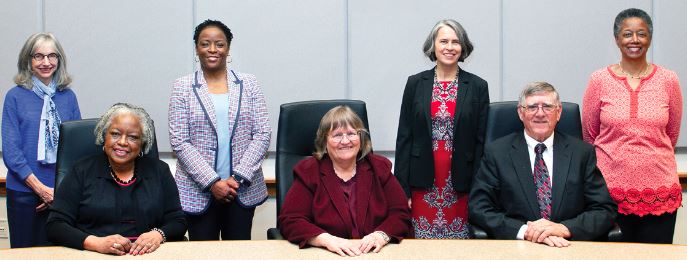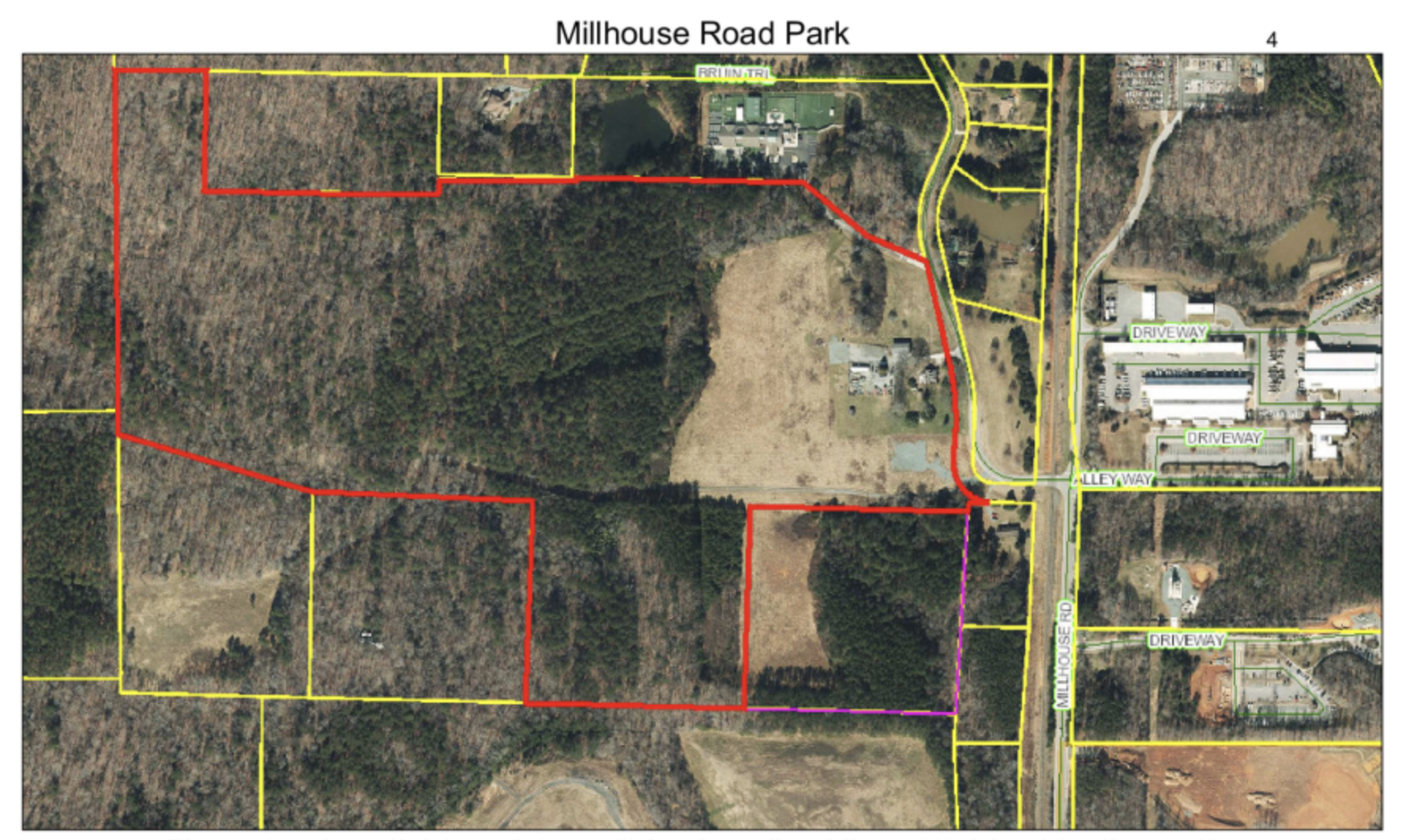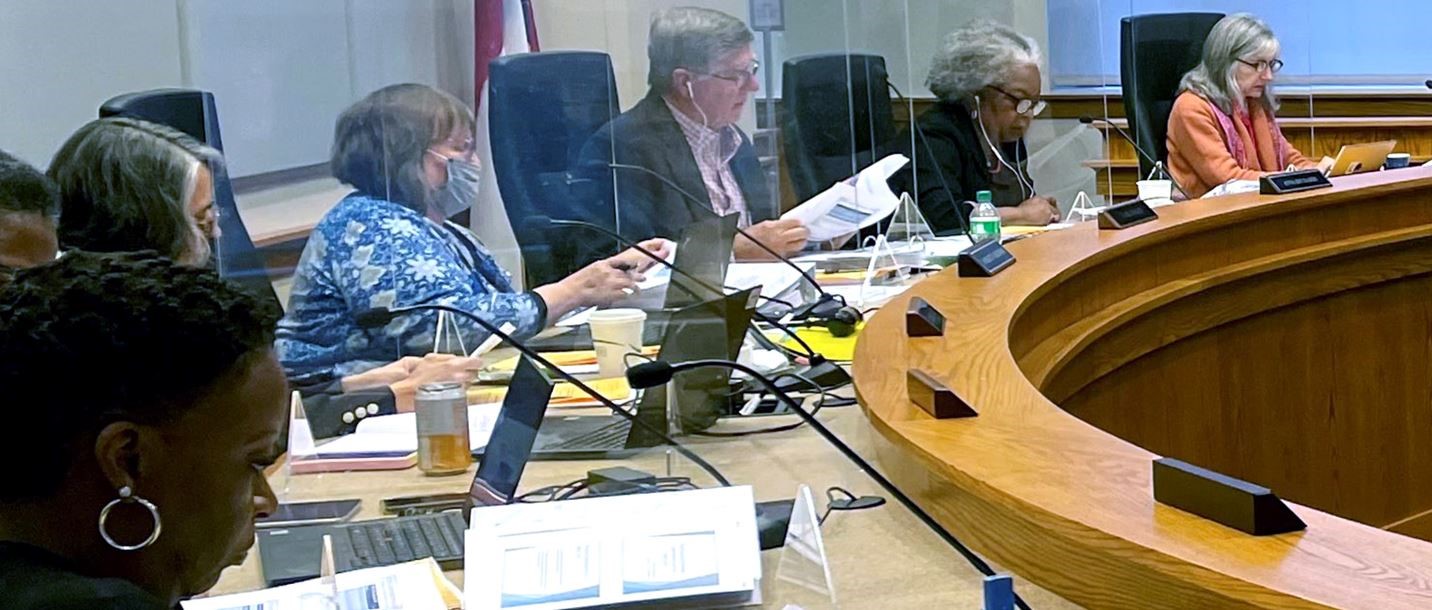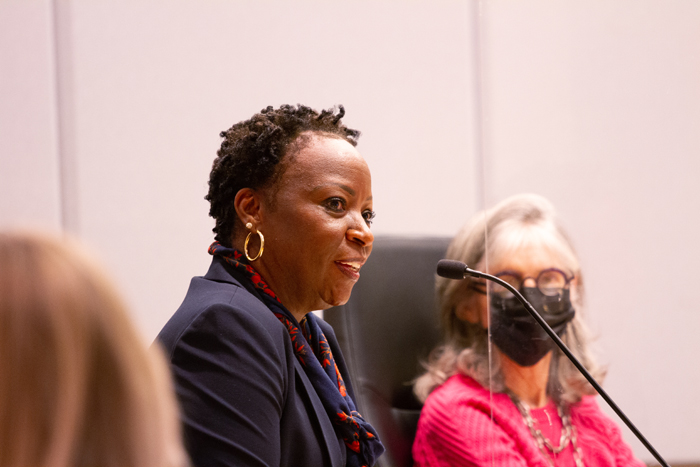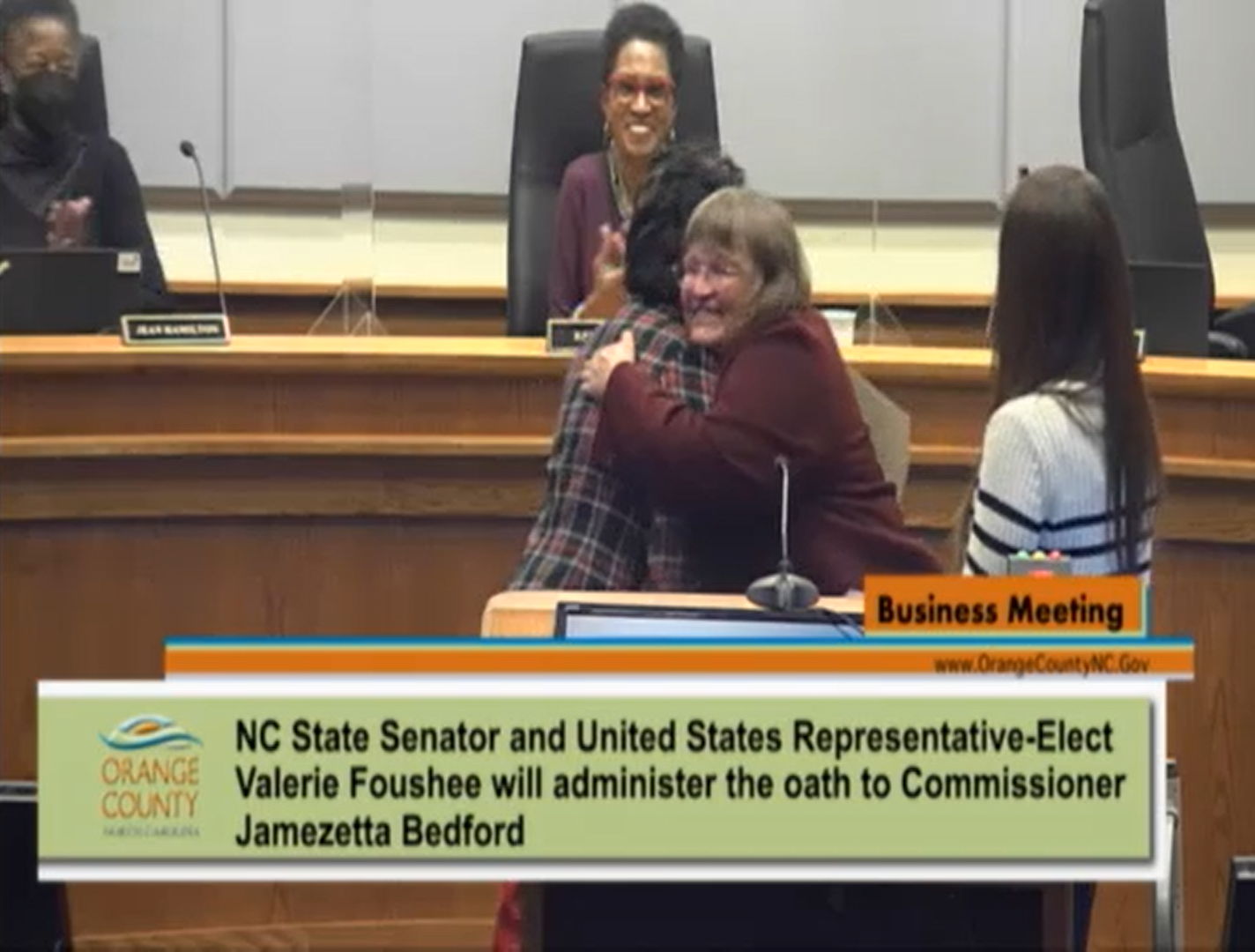The Board of Orange County Commissioners approved a conditional zoning amendment and heard an update on a nature conservancy project during its March 19 meeting. Here are some highlights from their meeting.
Zoning Atlas Amendment – 6915-UT Millhouse Road, Chapel Hill
The Orange County Board of Commissioners unanimously approved a conditional zoning application for a 10-acre parcel of land located at 6915-UT Millhouse Road in Chapel Hill. The applicant, The Treeist, is a residential tree service business that services Chapel Hill, Carrboro, and nearby areas. The Treeist specializes in pruning, removals, and plant health care and will use the land to relocate its operations closer to its client base.
The Orange County Planning Board unanimously approved the rezoning application at its January 3 meeting with conditions stating there will be “ongoing collaboration between the applicant and County regarding access road to the property.” The Town of Chapel Hill also provided written support for the zoning amendment.
The parcel of land is located in the Orange County’s Rural Buffer zone. As an agricultural business, The Treeist qualifies as an agriculturally approved enterprise, meaning the county can grant its land use in the buffer zone. According to a land use agreement between the towns of Carrboro and Chapel Hill, organizations that use land for agricultural purposes can operate in the rural buffer if they get an approved conditional zoning application.
Vice-Chair of the Board of Orange County Commissioners Sally Greene addressed some members of the public who voiced concern over the development in the rural buffer.
“This is one of the uses that is right in line with the agricultural support uses that were contemplated to be appropriate within the rural buffer,” said Greene. “So it’s not setting a precedent to change the lines of the rural buffer. That’s perhaps why you didn’t hear a big conversation in Chapel Hill or anywhere because if that had been the case, it would be a whole different conversation.”
Eno-New Hope Landscape Conservation Plan Presentation
The Board heard an update on the Eno-New Hope Landscape Conservation Plan, aimed at conserving and restoring “landscape habitat connectivity that ensures long-term protection and resilience of biodiversity and natural resources.”
Johnny Randall, a former director of conservation at the North Carolina Botanical Garden, said local governments, conservation groups, universities, and ecologists collaborate to produce the Eno-New Hope Landscape Conservation Plan. The project focuses on the critical importance of habitat connectivity for wildlife in the Eno River and New Hope Creek watersheds in Chatham, Durham, Orange, and Wake counties.
Randall said species’ isolation and degradation of existing protected areas, combined with susceptibility to threats and edge effects, cause biodiversity decline and increased susceptibility to threats, including climate change.
“In this particular project, three different organisms were used because they represent the umbrella species for three different types of habitat,” said Randall, “box turtles, bobcats, and four-toed salamanders. There are what are called umbrella species, so if you preserve the habitat, you protect the habitat for box turtles, you are protecting the habitat for lots and lots of other species that require a dry-wet mixed hardwood-pine forest. The same goes for bobcats and four-toed salamanders. By creating and preserving habitat for these three different groups, then you’re protecting habitat for a multitude of other species.”
“The most important things to recognize are the habitat patches, the connectivity priority, and the highest mark,” said former Director Randall. “They’re pretty much following areas like the Eno River, New Hope Creek, Morgan Creek, and Bolin Creek, as well as smaller streams. These habitats are connected all the way to the Atlantic Ocean.”
Bo Howes, director of land protection and stewardship at Triangle Land Conservancy, presented the Strategic Outline Plan of the conservancy. The plan includes four groups: education and outreach, land use, transportation, and conservation. Each groups has a committee of five to 15 people responsible for implementing the conservancy goals in the plan.
“We urge you to instruct county staff to incorporate the findings of the Eno-New Hope Connectivity Plan into the Lands Legacy plan and the upcoming Triennial Action Plan,” said Howes. “I think, maybe, phase two is to try and figure out how, with planning staff, to incorporate these precepts into the planning process that the county goes through.”
To watch a video of the full meeting from March 19, click here.
Photo via Orange County
Chapelboro.com does not charge subscription fees, and you can directly support our efforts in local journalism here. Want more of what you see on Chapelboro? Let us bring free local news and community information to you by signing up for our newsletter.

